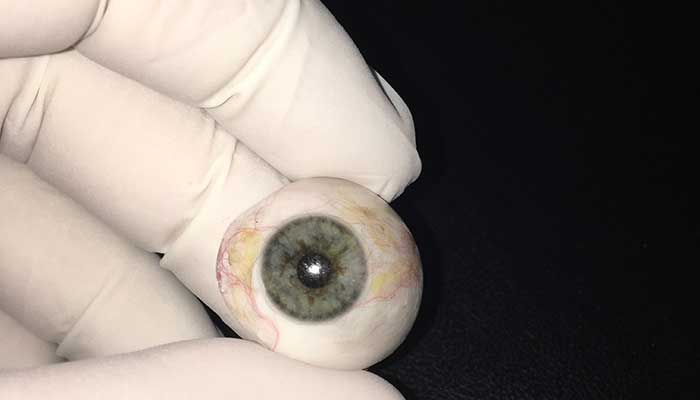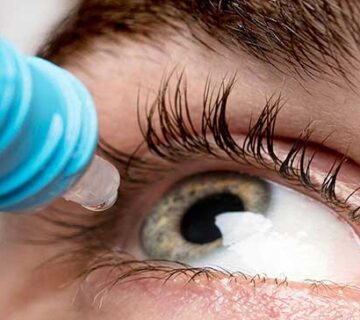Acrylic artificial eyes are recognized as the most widely used type of ocular prosthetics. Nowadays, due to its numerous advantages, this type of artificial eye can be observed in many individuals. This article provides information on acrylic prosthetic eyes and their characteristics.
What is an Acrylic Artificial Eye?
Acrylic artificial eyes are known as the current generation of ocular prosthetics. The material used in this type of eye prosthesis is acrylic resin, also known as Poly Methyl Methacrylate (PMMA), which boasts numerous advantages over previous versions. This material possesses exceptionally high durability and offers better transparency compared to other examples.
Advantages of Acrylic Artificial Eyes
In general, artificial eyes have a long history dating back thousands of years. The current materials used for eye prosthetics include medical glass and acrylic, also known as acrylic glass. It’s important to note that acrylic artificial eyes are relatively newer and offer numerous advantages compared to glass counterparts, which are highlighted below:
• Glass artificial eyes are very fragile due to the nature of the material, making them susceptible to breaking or shattering even with the slightest impact. On the other hand, acrylic artificial eyes are highly resistant and do not easily break.
• Acrylic artificial eyes offer high transparency, closely resembling a healthy eye. This similarity makes it challenging for others to discern the artificiality.
• Unlike glass eyes that cannot be manufactured through molding techniques, acrylic artificial eyes can be crafted using this method. Consequently, their production involves higher precision, resulting in a closer resemblance to a natural, healthy eye.
Caring for Acrylic Artificial Eyes
The useful lifespan of an artificial eye is typically between 5 to 7 years, and like any other device, the maintenance and care of the artificial eye are essential. It is advisable to clean the acrylic artificial eye periodically, but one crucial point to note is that under no circumstances should alcohol-based substances be used for cleaning. Additionally, for smoother movement and enhanced transparency, it is better to polish and gloss the artificial eye at least once a year.
Can Acrylic Artificial Eyes Provide Vision?
In response to this question, it must be stated that acrylic eyes do not have the capability to restore a patient’s vision; they solely serve an aesthetic purpose. However, researchers are actively seeking ways to restore vision and have made advancements in this field. The most advanced technology utilized in this field is the Argus II Retinal Prosthesis System, which creates visual sensations for individuals dealing with vision loss.
Nevertheless, the use of acrylic artificial eyes can significantly restore eye movement. Moreover, these eyes prevent ptosis.
Conclusion
Acrylic artificial eyes, as the current generation of prosthetic eyes, are widely used by patients today. These eyes exhibit exceptional durability and high transparency. Acrylic artificial eyes, due to their ability to be manufactured using molding techniques, possess precision and bear a striking resemblance to natural eyes. Therefore, considering the mentioned aspects, acrylic artificial eyes stand out as the best option for patients.
Mahan Specialized prosthetic eye clinic, as the first scientific center for manufacturing artificial eyes in Iran, utilizes the expertise of the best professionals in the field. With a diverse collection of artificial eyes in the country, you can place an order for acrylic artificial eyes, and for consultation and price inquiries, you can either visit our center in person at the address provided in the “Contact Us” section or contact our experts by phone at 00982166889076 and 00989128357509.




No comment